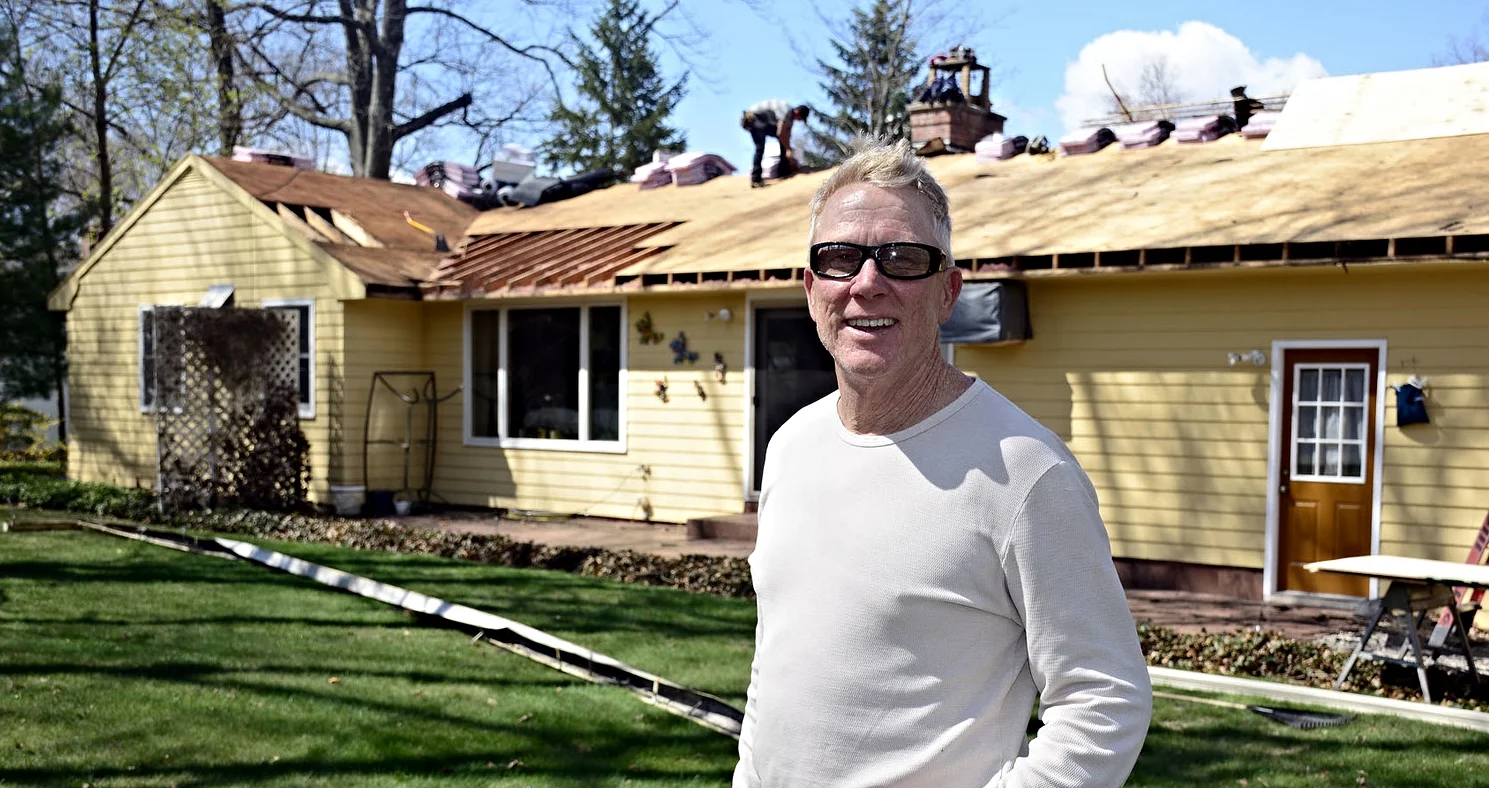What to Know About Ice Dams
Chelsea O'Donnell
This winter has been fairly mild but the season is still in full swing and it won’t be long until we get another storm to remind us that we live in New England. Before that happens, I always like to talk about the dangers of ice dams and the reason why so many homes in our area get damaged by them.
An ice dam is a solid mass that forms when heavy snow blankets the roof, creating an extra layer of unwanted insulation. As warm air rises from your house and up through your attic, it causes the snow to melt and the water to slide down into the gutters. This would typically be just fine, but because so many homes in our area aren’t properly insulated, the melting ice will often make contact with the cold eaves of the roof and freeze again instead of draining off through the gutters. This forms a large ice mass at the gutter line, which will grow if not taken care of.
Solid ice is heavy and can easily pull gutters loose. The dam can even get strong enough to lift up your roof shingles, creating gaps that let the water through and into the attic. This is when people start to see leaks in their ceilings and walls.
The only way to prevent ice dams from forming is to have your home properly insulated and ventilated. More than 75% of homes in our area are under-insulated which causes the heat from your home to shoot right through the roof. Because insulation and ventilation weren’t regulated when most of the homes were built in this area, a lot of us have houses that are better suited for Florida winters than our cold Connecticut climate.
Having appropriate insulation and ventilation will not only keep your home free from ice dams but will also keep you much more comfortable in both the winter and the summer. You’ll feel the difference immediately, and you’ll see the benefit in your energy bills too. A house that can breathe and can properly regulate its own temperature will also be less like to accumulate mold and mildew which is not only damaging to your house but also to your health. It’s a simple solution to keep your family, your home, and your wallet healthy.
Bob O'Donnell is the owner of O'Donnell Bros, Inc., a Bristol-based home improvement company established in 1975. Email your questions for Bob to info@odonnellbros.com with the subject line “Ask the Pro”. All questions may be considered for publication. To contact Bob for your remodeling needs, call O'Donnell Bros, Inc. at (860) 589-5155 or visit www.odonnellbros.com. Advice is for guidance only.
